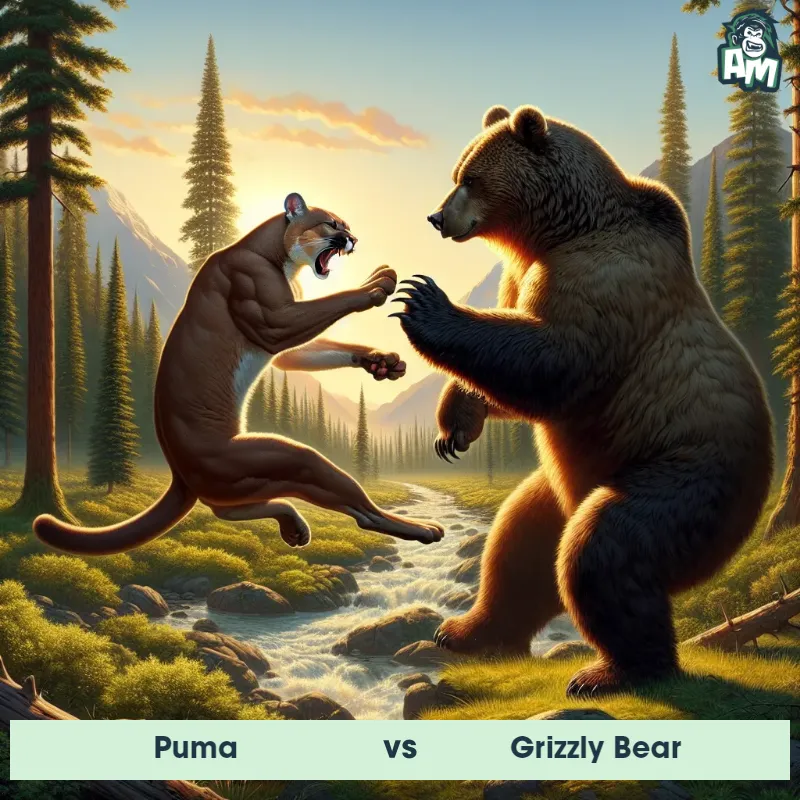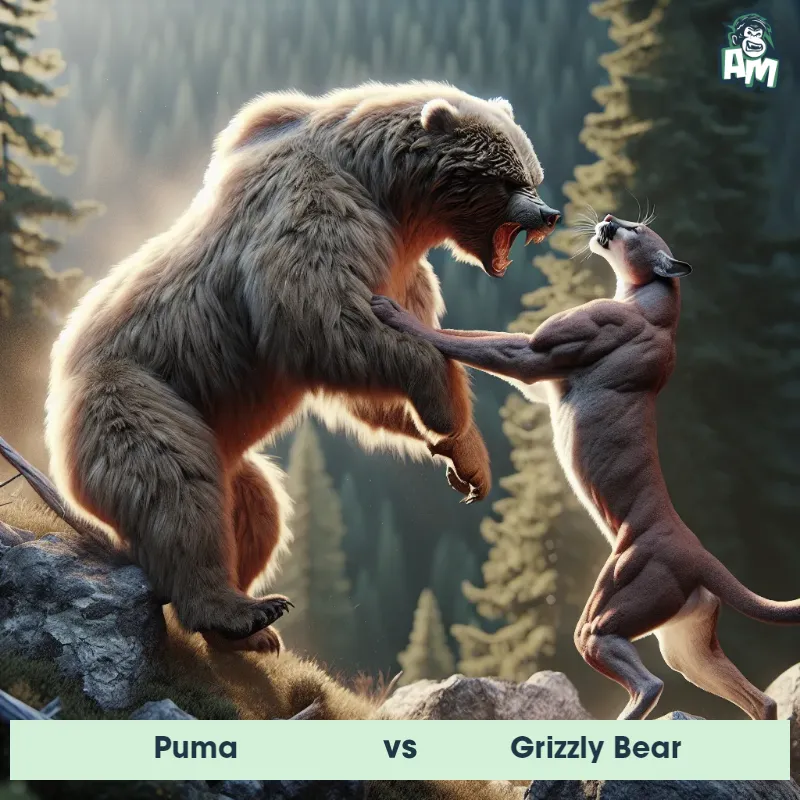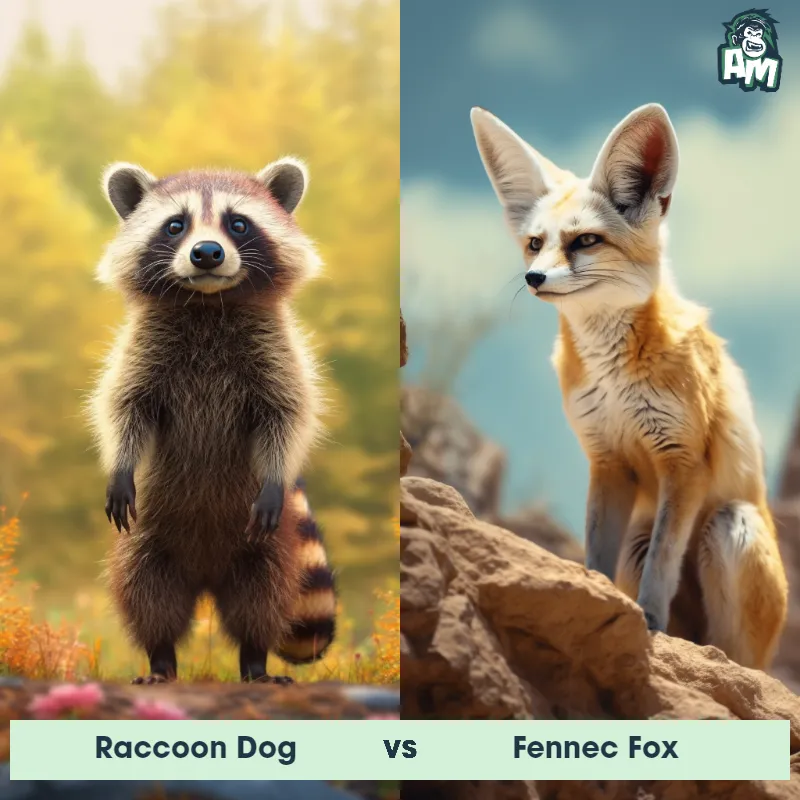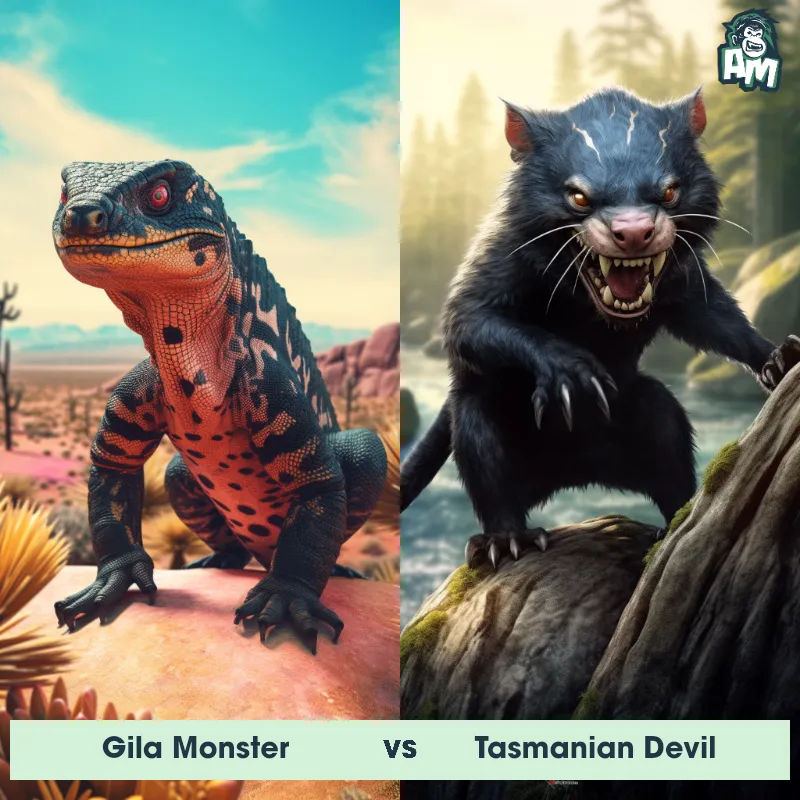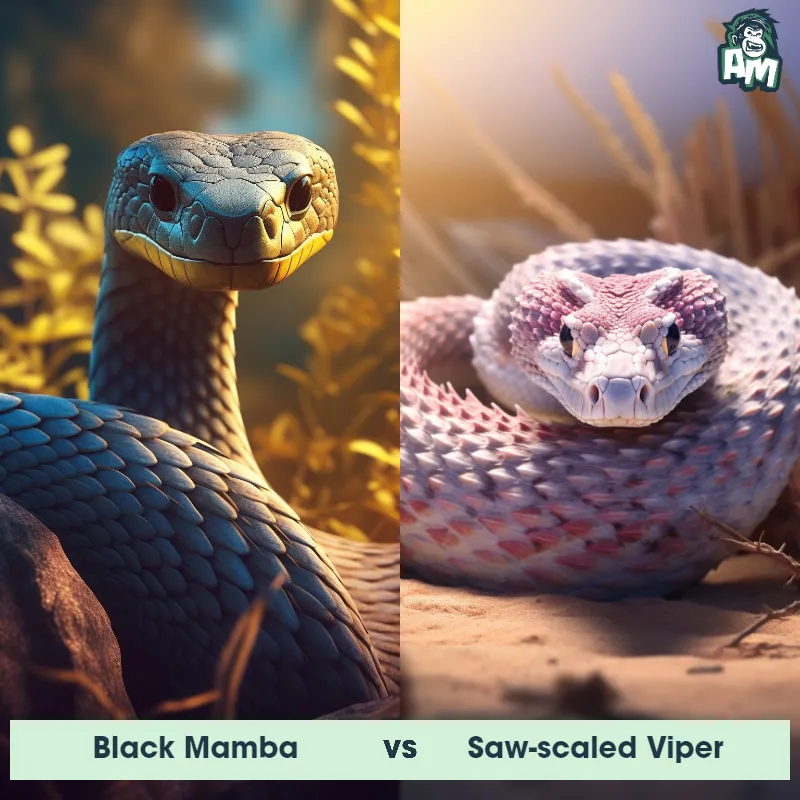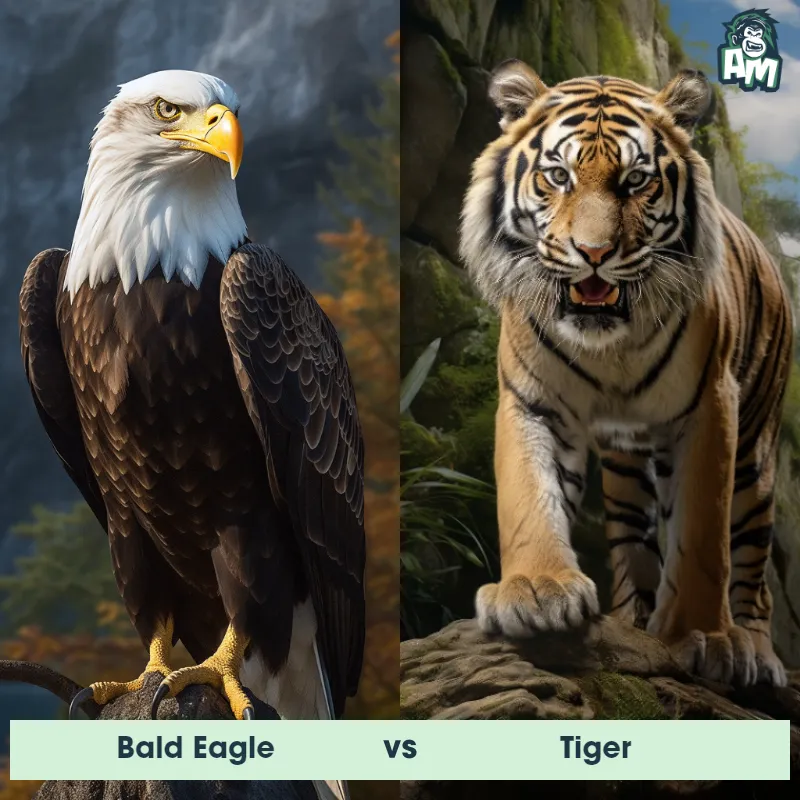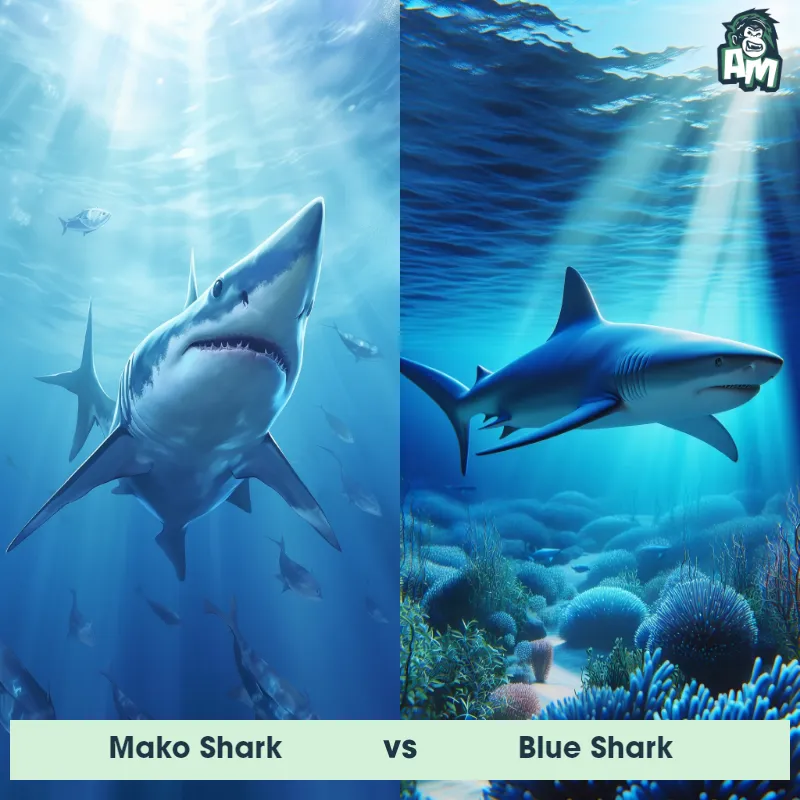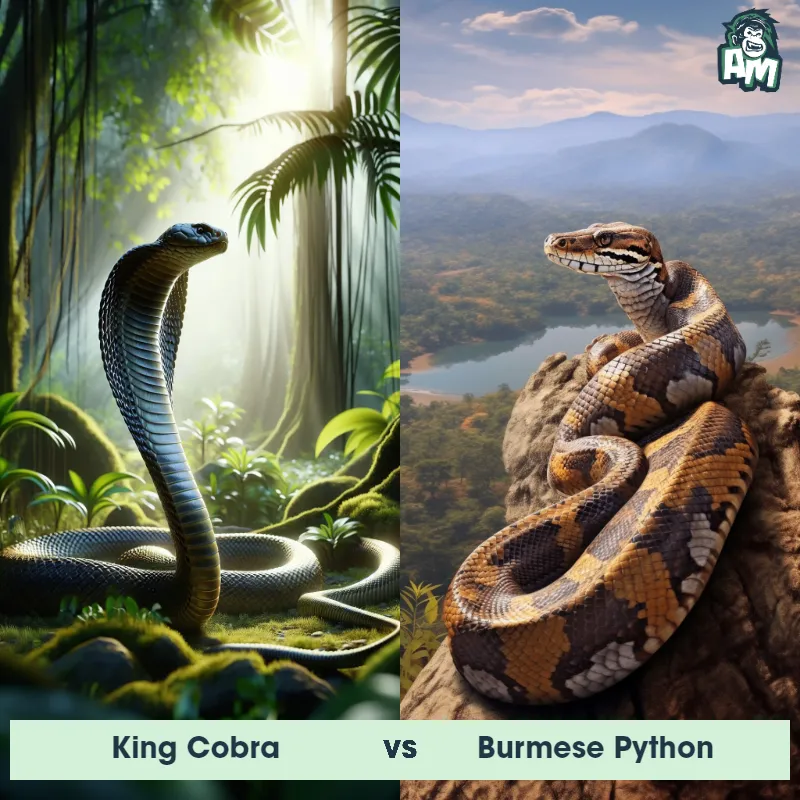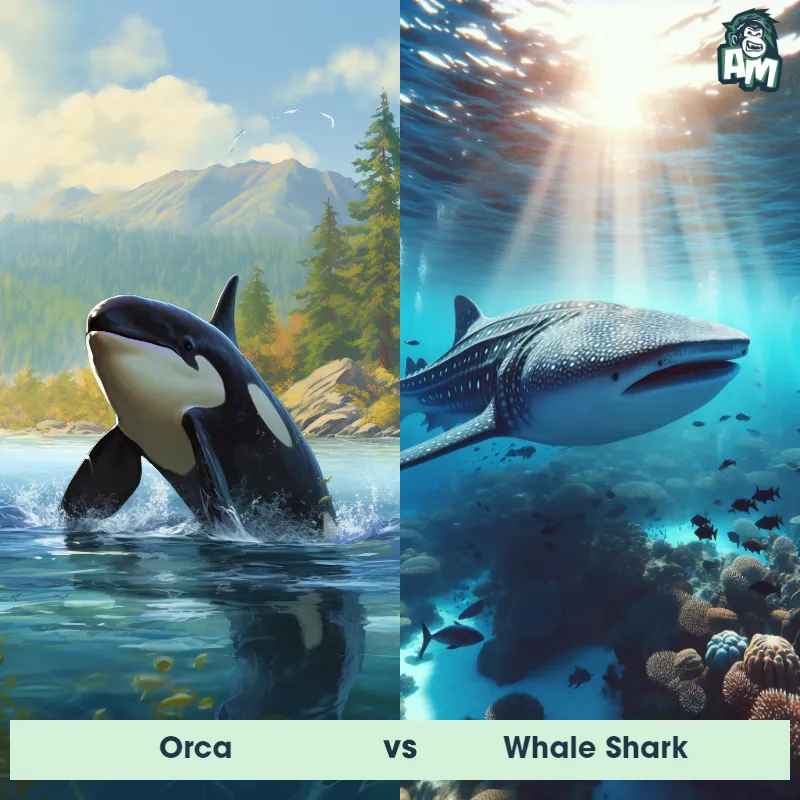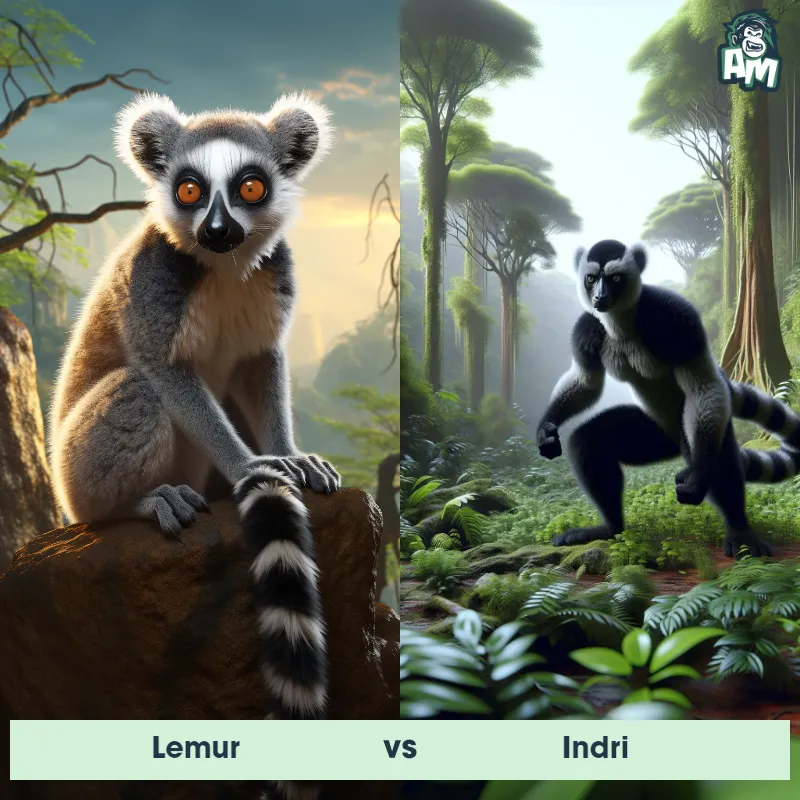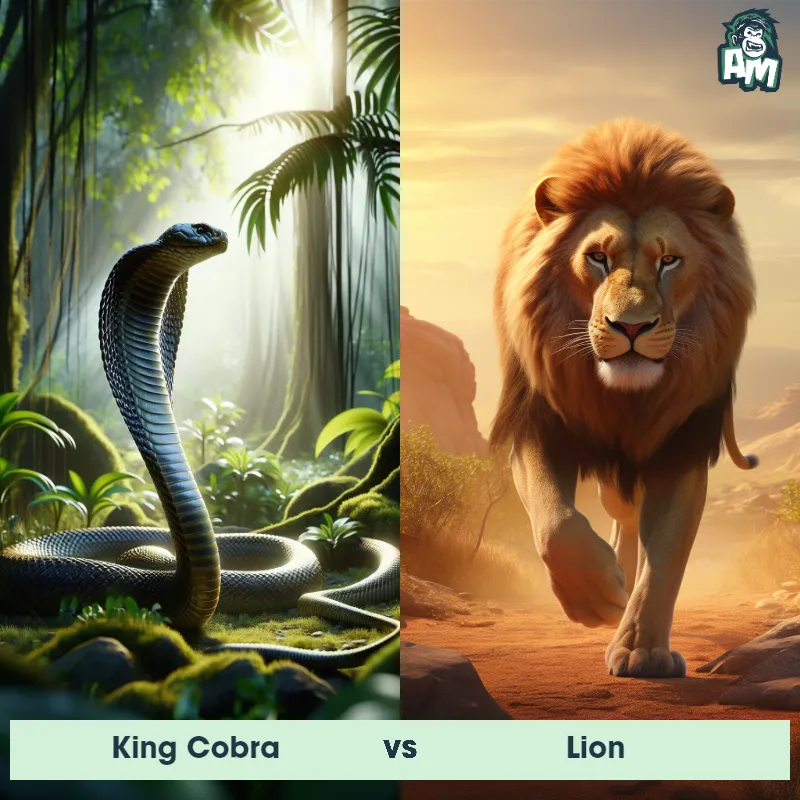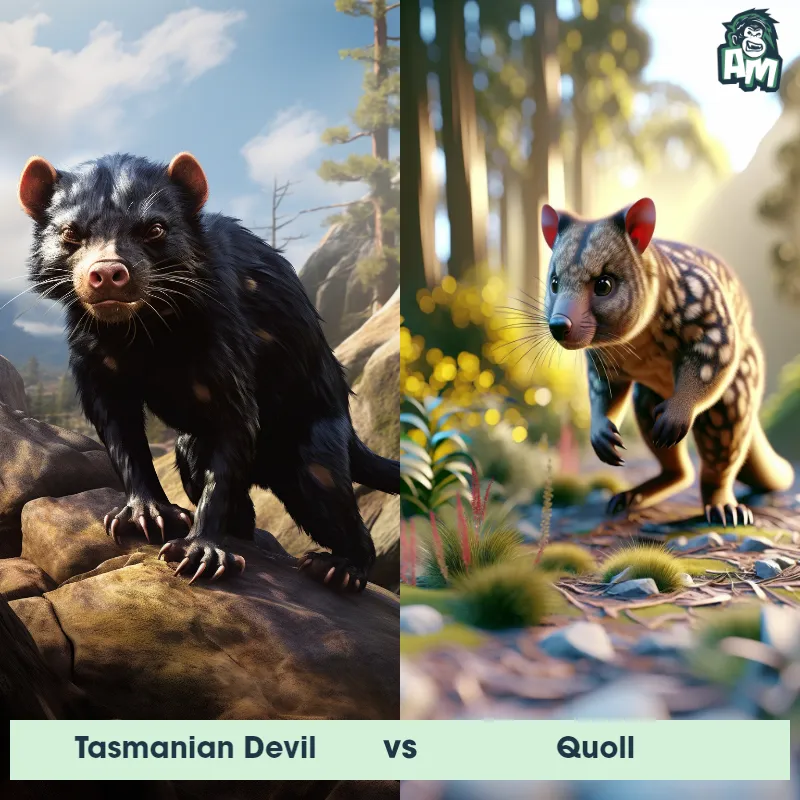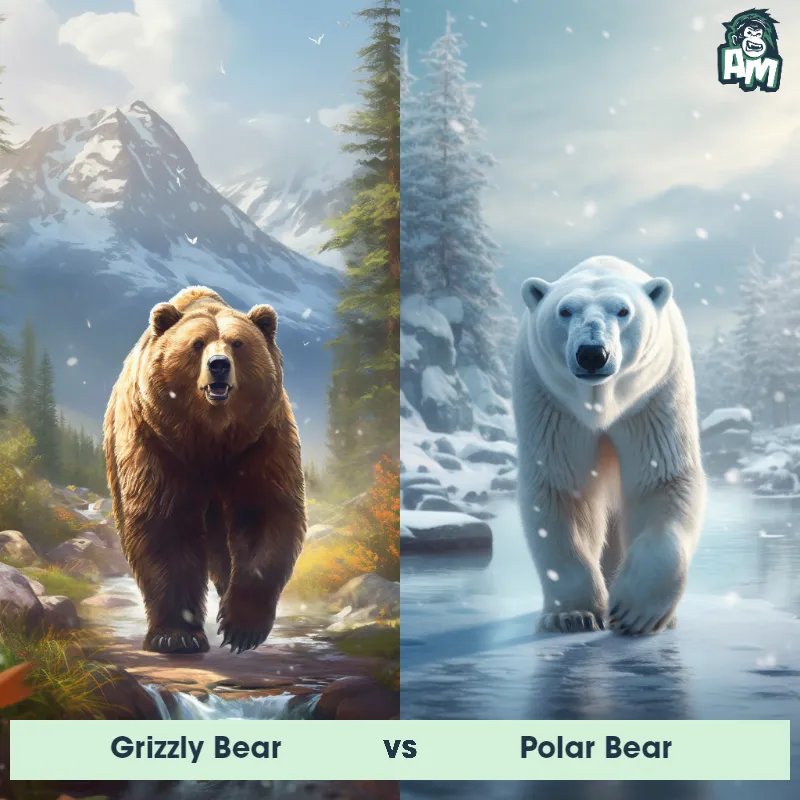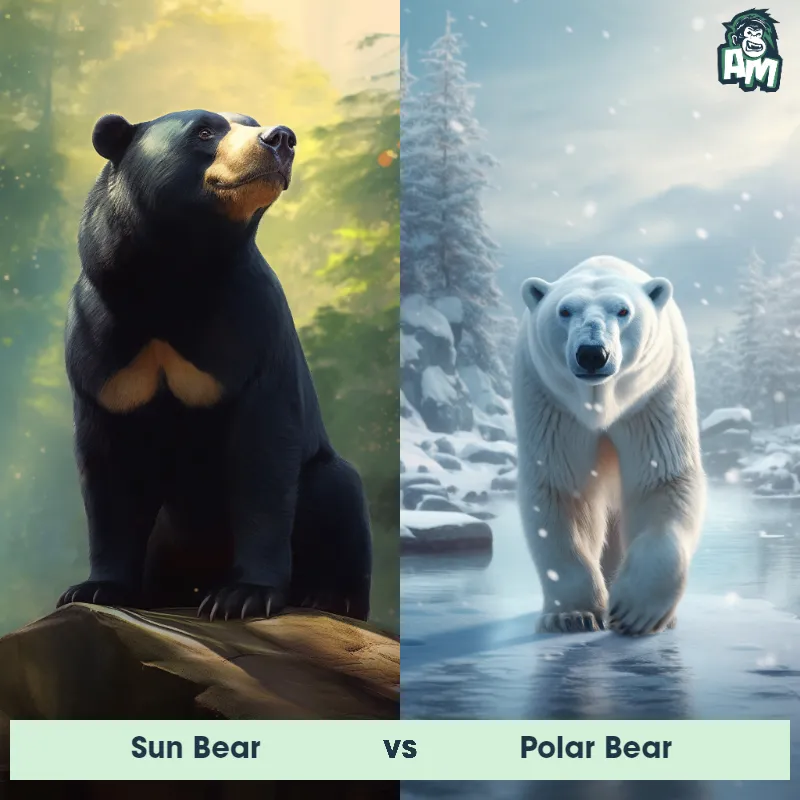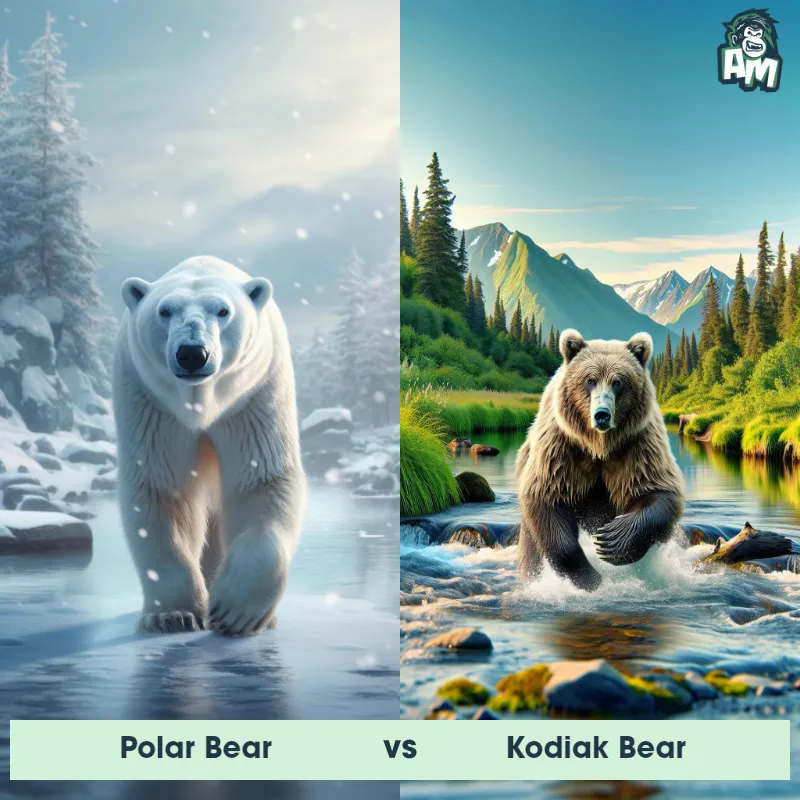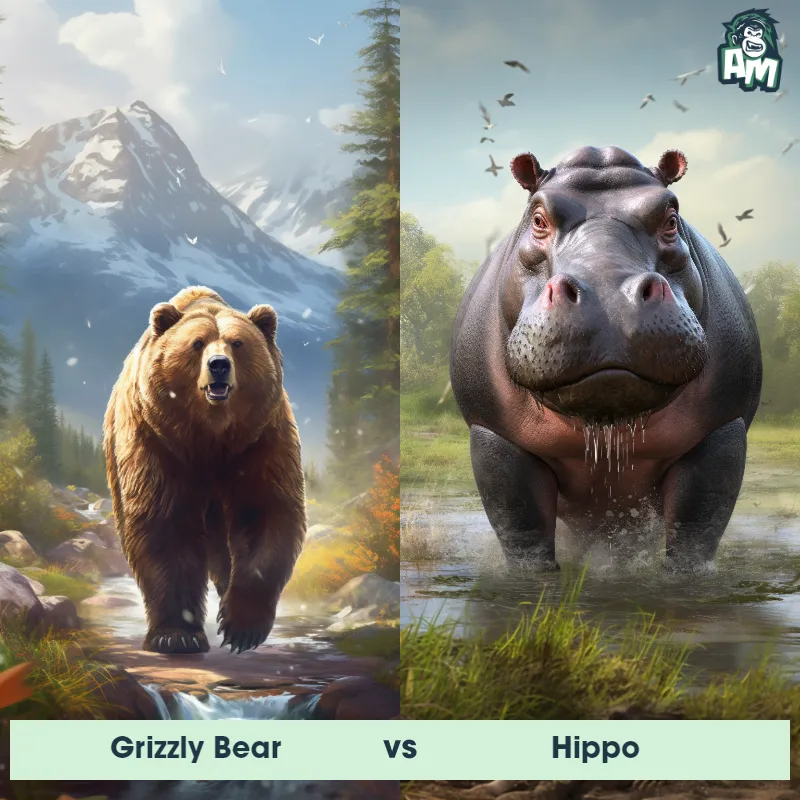Puma vs Grizzly BearSee Who Wins

Ladies and gentlemen, welcome to this thrilling matchup between two of nature's fiercest competitors. We have the mighty Puma going up against the daunting Grizzly Bear. Both animals possess unparalleled strength, agility, and primal instincts, making this showdown one for the books. Get ready for three rounds of intense action that will leave you on the edge of your seat!
Contender 1: Puma
The Puma, also known as the mountain lion or cougar, is a large, solitary cat found in North and South America. They have a muscular build, short fur that ranges in color from tan to gray, and distinctive black markings on their face, ears, and tail. Pumas are known for their agility and can jump up to 18 feet in a single bound. They are also excellent hunters, with sharp claws and teeth that allow them to take down prey much larger than themselves.
Fun Fact: Pumas are one of the few big cats that can purr, which they do when they are content or communicating with other pumas.
Contender 2: Grizzly Bear
The Grizzly Bear, also known as the North American Brown Bear, is a large mammal that can weigh up to 600 pounds and stand up to 8 feet tall on its hind legs. They have distinctive humps on their shoulders, long claws, and a concave facial profile. Grizzly Bears are omnivores and can be found in North America, primarily in Alaska and western Canada.
![[object Object] Gif](https://tenor.com/view/fighting-match-quarrel-brawl-battle-gif-15965644.gif)
Fun Fact: Grizzly Bears have an incredible sense of smell and can detect food from miles away, making them excellent hunters and scavengers.
Matchup Stats
| Puma | Grizzly Bear | |
|---|---|---|
| Size | 2-3 feet (0.6-0.9 meters) at the shoulder | Up to 8 feet tall (2.4 meters) |
| Weight | 100-200 pounds (45-90 kilograms) | Up to 600 pounds (272 kilograms) |
| Speed | Speed: 50 mph (80.47 km/hr) | Speed: 30 mph (48.28 km/hr) |
| Key Strength | Powerful jaws and sharp claws | Powerful jaws and sharp claws |
| Biggest Weakness | Vulnerable to attacks from behind | Slow movement and vulnerability to attacks from behind |
Current Votes
Puma vs Grizzly Bear
See Who Wins
Match Highlights
View More Matches
Looking For More?
Similar Matches
Scientific Stats
| Puma | Grizzly Bear | |
|---|---|---|
| Scientific Name | Puma concolor | Ursus arctos horribilis |
| Family | Felidae | Ursidae |
| Habitat | Mountains, forests, deserts | Forests, meadows, and mountains |
| Geography | North and South America | North America, primarily in Alaska and western Canada |
| Diet | Carnivorous, primarily deer and smaller mammals | Omnivorous, eats berries, roots, fish, small mammals, and carrion |
| Lifespan | 8 years - 13 years | 20 years - 25 years |
Key Differences between Puma and Grizzly Bear
- Face features: Pumas have a small, round head with a prominent muzzle and round ears. Grizzly bears have a large head with a concave facial profile and long, straight ears.
- Note: It is important to remember that these differences are generalizations, and individual variations within each species can occur.
- Fur Coloration: Pumas have a uniformly tawny or grayish color, often with lighter undersides and slightly darker markings on their face. Grizzly bears have a varied fur coloration that ranges from light gold to dark brown, with lighter tips giving a "grizzled" appearance, which is where their name originates.
- Shoulder Hump: Pumas do not have a shoulder hump. Grizzly bears have a distinctive shoulder hump, composed of muscle mass, that aids in powerful digging and provides strength for their forelimbs.
- Size: The puma is generally smaller, with males weighing between 115 to 160 lbs (52 to 72 kg) and measuring up to 8 ft (2.4 m) in length. Grizzly bears are much larger, with males weighing between 350 to 700 lbs (159 to 317 kg) and measuring up to 8 ft (2.4 m) in height when standing.
- Claw Length and Shape: Pumas possess long, sharp, and retractable claws that aid in climbing trees and catching prey. Grizzly bears have long and non-retractable claws, adapted for digging, foraging, and catching prey.
- Body Shape: Pumas have a slender and agile body with a long, cylindrical tail. Grizzly bears have a robust and bulky body shape with a distinct hump on their shoulders.



